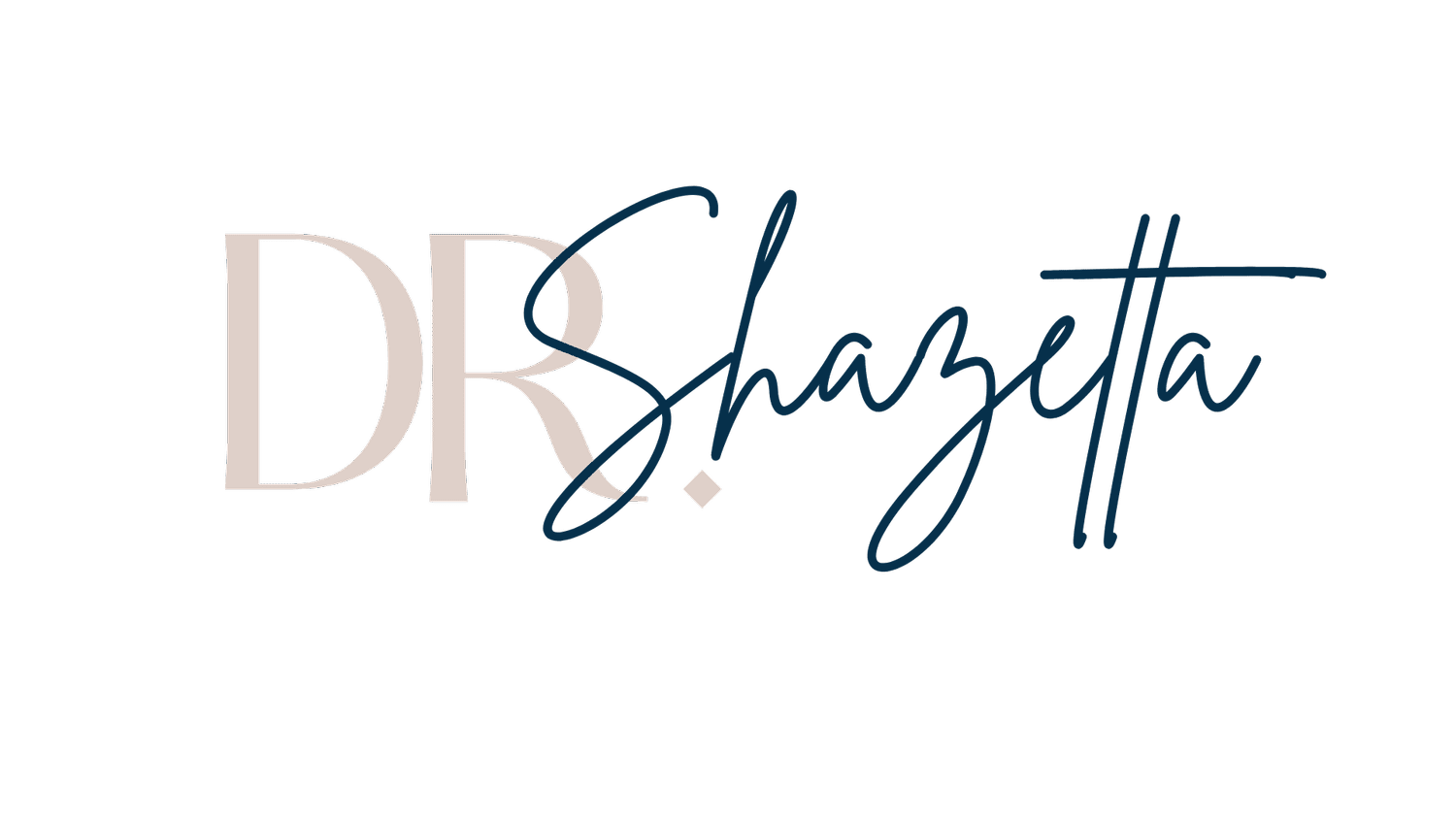Breathing Through It: The Healing Power of Mindful Presence
The Moment I Learned to Breathe
Breathing is automatic, yet how often do we actually pay attention to it? I never thought much about my breath until I attended a conference several years ago. The host, before diving into the agenda, led the entire room in a mindful breathing exercise.
At first, I wasn’t sure what to expect—after all, I had been breathing my whole life. But as I followed the slow, intentional inhales and exhales, something shifted. My shoulders relaxed. My racing thoughts quieted. For the first time in a long time, I felt fully present in the moment.
That experience opened my eyes to the power of breath. But like many important lessons, I didn’t always practice what I had learned. It wasn’t until years later—when my Apple Watch started nudging me to “breathe” multiple times a day—that I realized just how much I had fallen back into old habits.
At first, I dismissed the notifications. I don’t have time to stop and breathe right now, I’d think. But when they kept appearing—far more often than I expected—I started wondering: Was I really holding my breath this much? The answer was yes. And that realization changed everything.
Why Deep Breathing is a Game-Changer
Mindful breathing isn’t just a relaxation technique; it’s a powerful tool for physical, emotional, and mental well-being. Science backs this up:
It reduces stress and anxiety. Deep breathing activates the parasympathetic nervous system, calming the body’s fight-or-flight response.
It increases focus and clarity. When we breathe intentionally, we bring more oxygen to the brain, sharpening our concentration.
It grounds us in the present. Instead of dwelling on the past or worrying about the future, mindful breathing anchors us to the here and now.
For me, learning to breathe with awareness helped me become more in tune with my body. It made me notice how often I was tense, distracted, or holding my breath without realizing it. And once I started paying attention, I could actively do something about it.
How to Make Mindful Breathing a Daily Habit
If you’re feeling overwhelmed, stressed, or simply disconnected, here are two simple breathing exercises to help:
1. Practice Box Breathing for Five Minutes
Box breathing is an easy yet powerful technique to bring calm and clarity:
Inhale through your nose for four seconds.
Hold your breath for four seconds.
Exhale slowly through your mouth for four seconds.
Hold again for four seconds.
Repeat for five minutes, focusing on the rhythm of your breath.
2. Pair Breathing with Visualization
To deepen the practice, try this:
As you inhale, imagine breathing in calm, strength, or peace.
As you exhale, visualize releasing tension, stress, or negative thoughts.
This simple combination of breath and imagery can transform how you feel in just a few minutes.
Final Thoughts: Just Breathe
If there’s one thing I’ve learned from my journey with mindful breathing, it’s this: Breath is more than just air—it’s a lifeline. It’s a reset button. It’s a reminder that no matter how chaotic life feels, we always have the power to pause, inhale deeply, and breathe through it.
So the next time you feel overwhelmed, take a deep breath. Hold it. Let it out slowly. Repeat.
Sometimes, the most powerful thing we can do is simply breathe.


